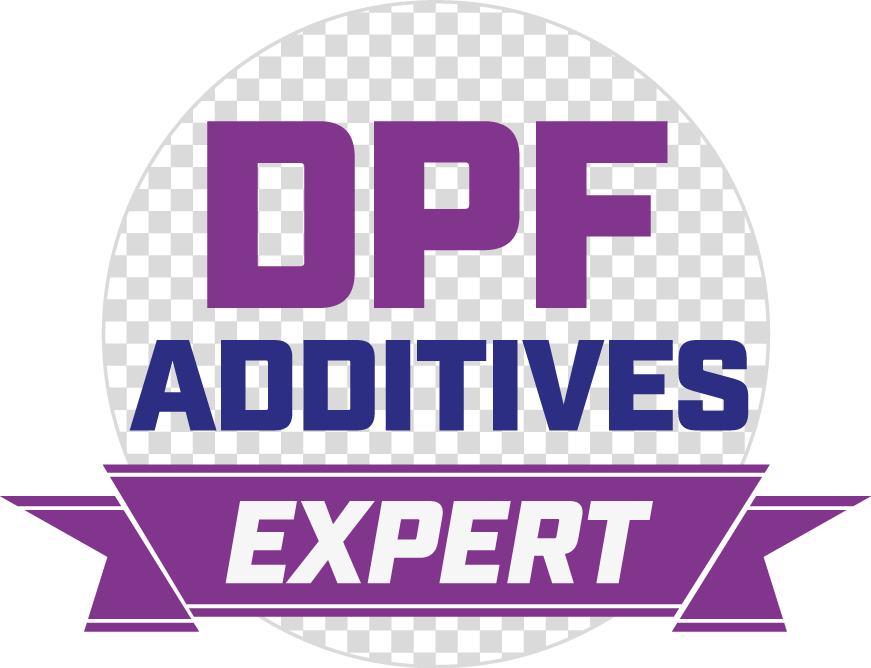Fuel Borne Catalysts (FBCs) have been around for quite a number of years. Long before Diesel Particulate Filters (DPFs) were widely used, a number of metal-based fuel additives were considered for their potential to reduce smoke, boost cetane rating and improve fuel economy. Barium, Calcium, Cerium, Copper, Iron, Manganese, Platinum and Strontium-based additives have all shown potential. But few have gained widespread use, in part because of the relatively high cost of metal-based fuel additives.
However, since the 1990s the focus on FBCs has been for their use with DPF systems. In particular, FBCs containing cerium, iron or platinum (or a combination of these) have been commercialised for use either as part of on-vehicle dosing systems which are part of the DPF system, or as aftermarket fuel treatments to solve running problems with DPFs.
OEM use of FBCs
Original Equipment Manufacturers (OEMs) have made use of FBCs in two major ways.
Firstly, since the 2000s various large cities have attempted to bring urban pollution under control by introducing Low Emission Zones (LEZs). A notable example is the London LEZ, established in 2008. As part of these, multi-million pound retrofit schemes have been used to ‘bring up to standard’ large numbers of buses, lorries and other HGVs. Upgrading these vehicles often includes using a DPF system to bring down soot emissions. A number of these systems include an on-board tank containing an FBC which is appropriately dosed into the fuel to assist the regeneration of the DPF.
In passenger cars, Groupe PSA (formerly PSA Peugeot Citroen) have made widespread use of FBCs. Well in advance of the need to comply with later emissions limits, PSA incorporated a DPF on diesel cars from the year 2000 onward. This also uses an on-board FBC additive to keep the DPF running smoothly. This tank requires topping up occasionally as part of a service.
Aftermarket use of FBCs
In more recent years, as the use of DPFs both with and without integral FBC systems has increased, problems with soot blockage in slow urban driving situations have also been on the rise. In response to market demand an increasing number of aftermarket fuel additive manufacturers have introduced ‘DPF Cleaners’ or ‘DPF Regenerators’ into their range. These also use FBC chemistry, but in the form of bottled fuel treatments that can be added straight into the fuel tank, either by the driver or by garage technicians.
